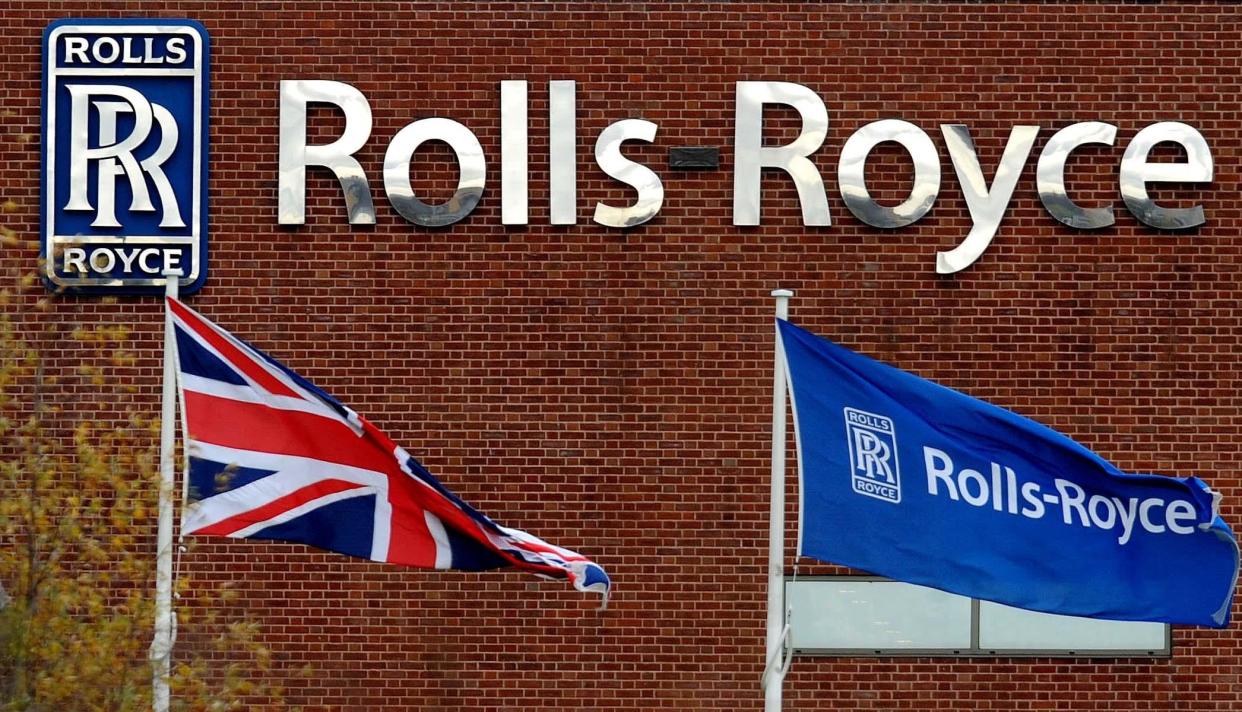Rolls-Royce to have axed 2,000 staff by August

Rolls-Royce expects 2000 staff to have gone by August.
The defence giant is cutting 9000 jobs, including 8000 in civil aerospace as it reduces that division by around a third.
More than 3000 employees have expressed interest in voluntary redundancy with most of those to have gone by next month.
Rolls-Royce also warned that it has seen £3 billion of cash flood out of the business as orders dried up and demand to service planes fell catastrophically.
The company gets much of its revenue from the regular servicing of aircraft with its engines but, with flying hours in civil aviation down 75% in the second quarter of the year, demand collapsed. That meant it received some £1.1 billion less cash inflow than normal during the first half of the year.
The cash crisis was set to ease in the second half of the year as commercial flights resume and cost-cutting measures begin to take effect. It warned of 9000 job cuts in May, with its Derby site likely to be the hardest hit.
As its cost-savings come in and airline flights begin to increase, overall cash outflow for the year should come to £4 billion, it said.
Aviation and manufacturing were noticeably absent from Chancellor Rishi Sunak's aid packages announced yesterday to help boost the economy.
In a detailed update on the state of its balance sheet, it said it had also unwound some currency hedging contracts due to the expected shortfall in orders for the next seven years. This will cost it £1.45 billion to settle spread between now and 2026.
It has some £8.1 billion of access to cash having secured a new, £2 billion loan facility running for five years and underwritten by a consortium of banks. The facility was supported by a partial guarantee from the government's UK Export Finance programme and organised by JPMorgan with backing from Citi, HSBC and Credit Agricole. That came on top of the £300 million it took out under the Bank of England's Covid Corporate Financing Facility.
So far, it has delivered £300 million savings since announcing plans to cut costs in April, meaning it was on track to deliver £1 billion cash savings for the year.
Analysts at broker Jefferies welcomed the guidance as it made it less likely that the company was going to have to go back to shareholders to raise more money soon. “After exploring the strength of the balance sheet, Rolls-Royce may still decide upon an equity raise, but with £8.1 billion of liquidity, any raise is unlikely to unfold against the uncertainty of a volatile trading backdrop and febrile sentiment. That Rolls-Royce can choose the timing is important, in our view.”
While civil aviation flying had been savagely affected by the covid lockdowns, there were now signs of an improvement from the trough when flying hours were down 80% in April. A "marginal improvement" had been seen in May and June led by flights in China, Asia Pacific and the Middle East. Private jet and regional flying were rebounding fastest due to the lower need to fly across borders.
The crisis has enabled Rolls-Royce to clear the backlog of overhauls on its Trent 1000 engines, which had been plaguing the company for years. The company has had major problems with the blades in the troubled Trent 1000s which have been needing far more servicing than expected. Before covid struck, the crisis was infuriating airlines because their planes had to be grounded while repairs were going on, and cost Rolls-Royce more than £1 billion.
It now has reduced the number of grounded aircraft to less than 10 and is "progressing well" with inventing replacement blades with better durability, the company said.
However, the company signalled that a big writedown in the value of its engine programmes was coming and could be included in its full financial results for the half year.
Read more
The full list of Pret A Manger stores closing in the UK
Pret A Manger to close 30 shops and cut jobs as sales tumble
Pret A Manger to deliver dinner, as it launches new evening menu
FTSE-100 set to rebound from falls on fears of US covid rise


